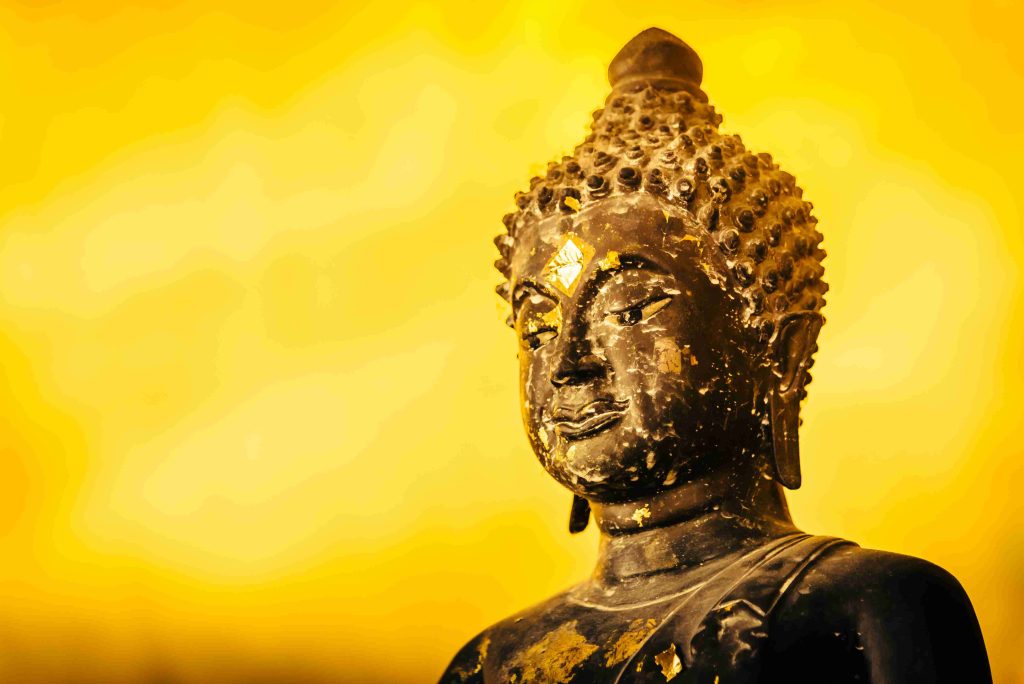Buddhism, an ancient spiritual and philosophical tradition of Indian origin, has transcended its geographic roots to be found as an alternative religion in more than 520 million living people across the globe. Its tenets of enlightenment, compassion, and interconnectedness are global values that remain resonant across cultural societies and traditions. A study of the history of Buddhism-from its origination to its current global face-is an interesting historical tapestry of-the hallmark of cultural exchange, adaptation, and continuing spiritual search.
Buddhism started with Siddhartha Gautama behind 500 BCE, the character popularly known as the Buddha, and teaches in northeastern-the Indian subcontinent. Born a royal prince, Siddhartha renounced his privileged life in search of truth concerning human suffering and an overcoming path. He developed the feat of enlightenment after numerous meditations and ascetic practices and, through his findings, discovered the Four Noble Truths and the Eightfold Path-indispensables for his teachings. These basic tenets stress understanding suffering, ethical conduct, mental discipline, and wisdom.
The original spread of Buddhism was mainly through desciples of the Buddha travelling to different places to propagate his teaching, and the most significant spread of Buddhism was during the reign of Emperor Ashoka (268-232 BCE). He renounced the violent practices of his early reign and embraced Buddhism as a Truth. The conversion of Ashoka was the cause behind setting up a vast, coherent network of monasteries and stupas and Buddhist educational institutions. He sent missionaries to the majority of the places in India and beyond, reaching the networks as far as today’s Sri Lanka, where a very first mass emigration of Buddhist ideas solidified.
Buddhism had its inauguration in land Sri Lanka, but it extended into other parts of Southeast Asia through various commercial routes such as Myanmar, Thailand, and Cambodia. They embraced these tenets, amalgamated them with their indigenous beliefs and rites, and thus began the birth of different forms of the religion. Angkor Wat in Cambodia is a monumental testimony to such a tradition, constructed originally as a Hindu temple, later evolved into miles of Buddhist sites.
Meanwhile, Buddhism had its way up north into Central Asia and China along the Silk Route. The Buddhist scripture and practice was first introduced into the very culture of Chinese people during the 1st Century CE, which was definitely doubtful in the beginning. However, through time, such an important philosophy found a way to merge with existing ones such as Daoism and Confucianism, thus developing very unique schools like Chan (Zen in Japan) and Pure Land Buddhism.
This propagation was followed by missionary activities and trades that spanned various regions, reaching even Korea and Japan as early as the 6th century. In Japan, Buddhism comprised elements of Shintoistic practices, paving the way for a fertile and diverse spiritual terrain. The practice of Zen Buddhism was, in particular, popular among members of the samurai class, who devoted themselves to direct experience and meditation.
Evolving into the greatest heights, Buddhism finally became an ever-globalized religion in modern history, notably in the 19th and 20th centuries, owing to increasing public interest in Eastern philosophies from the West. With its new communities across North America and Europe, Buddhism became reinterpreted and practiced according to modern audiences-given much emphasis on mindfulness and meditation as practices for wellness.
It is today said that Buddhism can flourish, strong yet sugar-free, adapting to the issues of modernity but conserving its initial message. It transformed Buddhism from the hallowed banks of the Ganges into the busy metropolitan streets of today. It shows its obeying capacity as well as its universal character, providing succor and sagacity in a fast, ever-changing world. After all, as more people realize that living can be done more mindfully, the growth and transformation of Buddhism will only signify its continued pertinence to various countries and generations.







